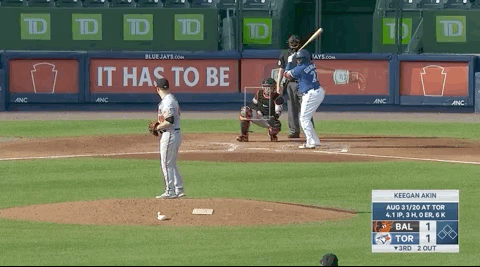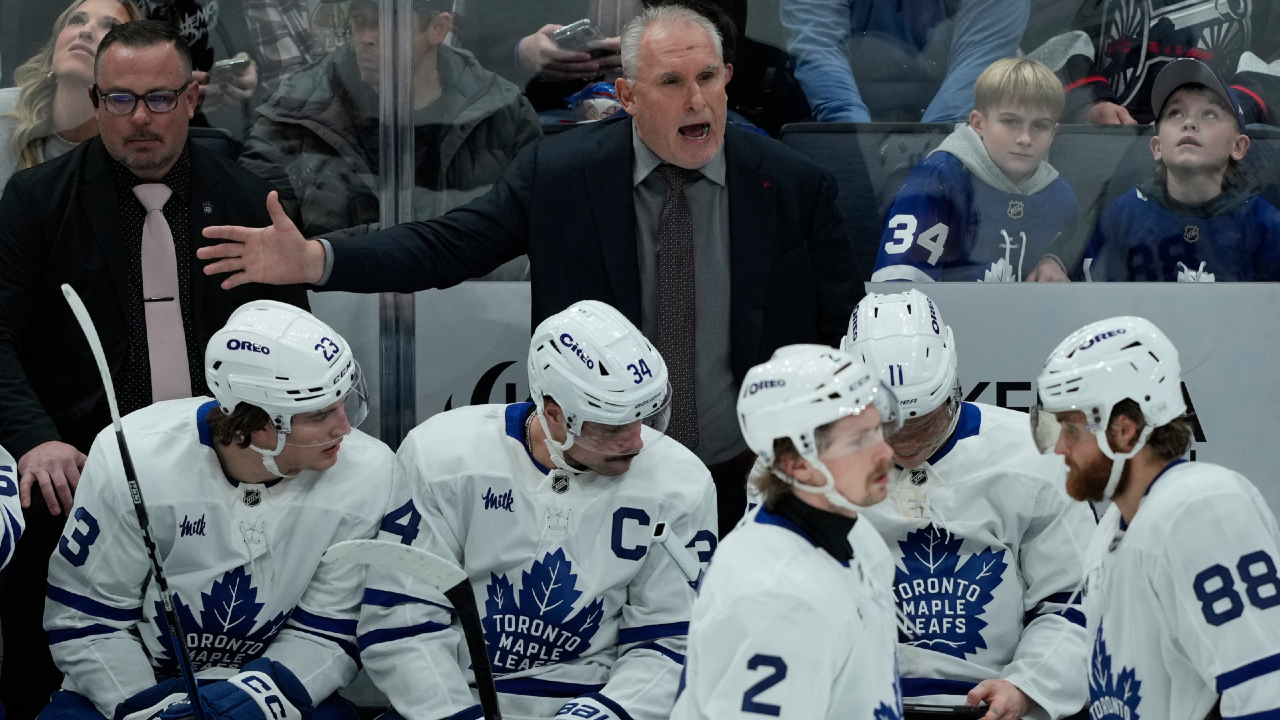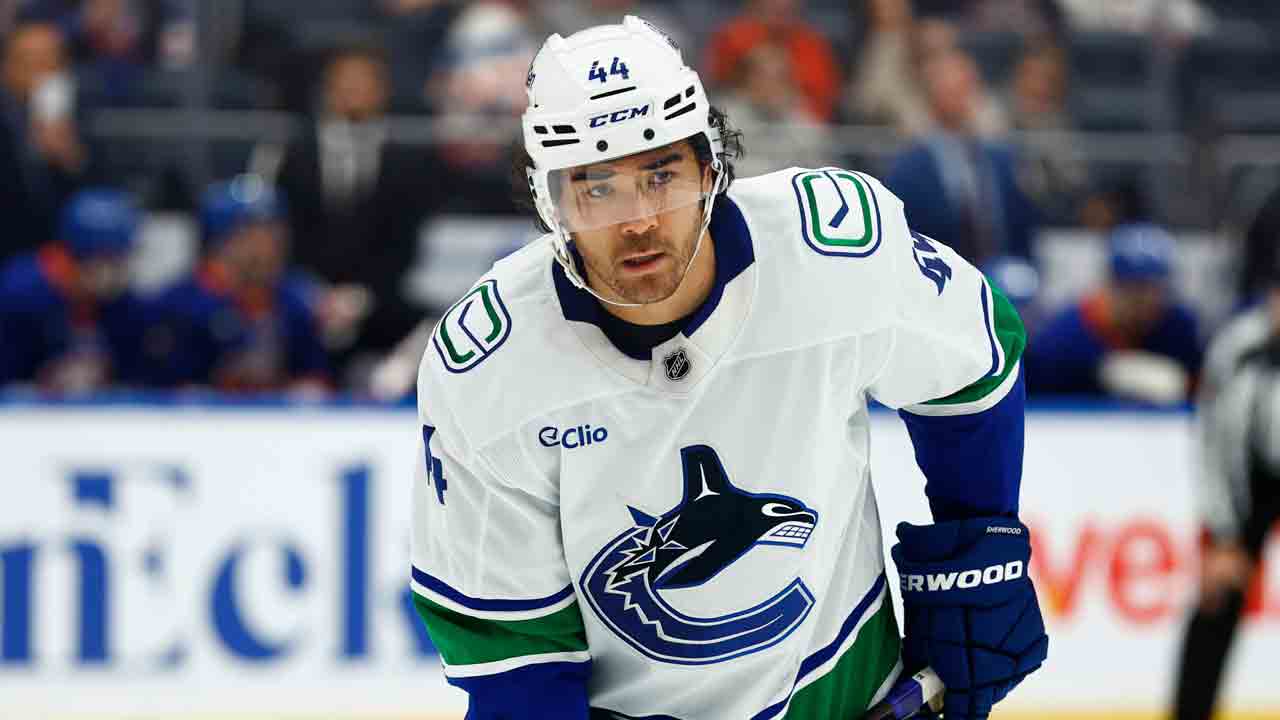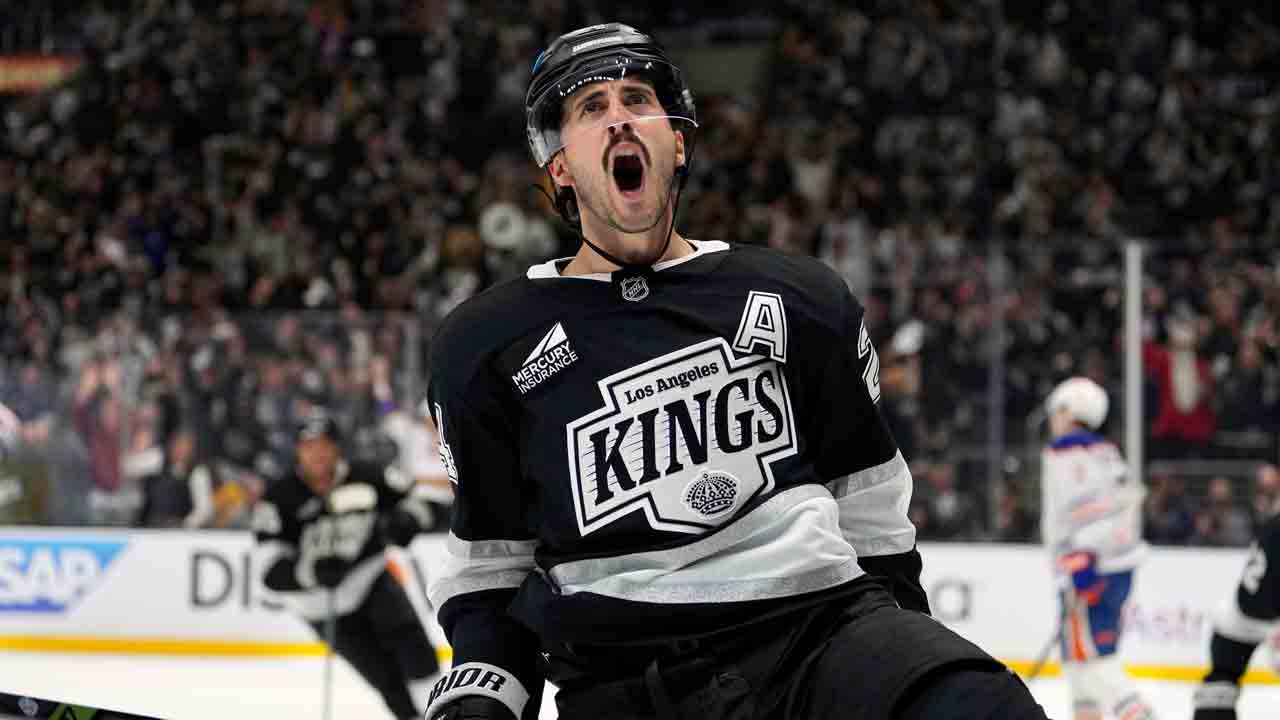
TORONTO — Ross Atkins and manager Charlie Montoyo sat down with Vladimir Guerrero Jr., earlier this week when the young slugger first arrived at the Toronto Blue Jays complex in Dunedin, Fla., and the general manager met with him again Thursday. They’ll spend more time together in the coming days, too, further mapping out plans for the 21-year-old, who in a remarkably candid interview with journalist Yancen Pujols used a not-safe-for-work phrase to describe how he undermined his 2020 by reporting for summer camp at 282 pounds.
During that conversation, Guerrero revealed that he apologized to teammates for letting himself go during the pandemic shutdown, squandering the previous winter’s training (he’s since lost 32 pounds), acknowledged relying primarily on his abundant talent and said he’s been outperformed by peers like Juan Soto, Fernando Tatis Jr., and Ronald Acuna Jr., because of their off-season work.
None of that surprised the Blue Jays, who’ve been hearing similar things from him behind closed doors, but Atkins appreciated Guerrero publicly taking ownership of his play.
“Throughout the process, he’s been incredibly open with us and especially in recent times,” Atkins said in an interview. “We’ve always talked about the person, we’ve always talked about how much we appreciate him and care about him, and I think recently he’s just been more accountable, and more publicly accountable, obviously. That’s just a part of his natural maturation.”
“I am so impressed by Vladdy’s ability to articulate now what his goals are, what his game-plan is, what’s motivating him, what’s driving him,” he added. “We feel more and more confident in his ability to follow through on it.”
That last part is critical, obviously, especially given that Guerrero vowed to Pujols that “next year, third base is mine.” With the Blue Jays planning to add an infielder this off-season, his progress on that front has a chance to factor into their decision-making.
Should he push his weight down into the 235-240 range, his stated goal, 30-40 games on the hot corner suddenly becomes more plausible. That would allow the Blue Jays to consider having Cavan Biggio do the heavy lifting there and more seriously look at a second base only player like Kolten Wong or Cesar Hernandez (although D.J. LeMahieu is really the best option for them).
Atkins was understandably non-committal, saying, “every time this off-season that we’ve interacted with him, either virtually, via the phone or in person, we felt better and better about his ability to just keep the door open at third base.”
“At the same time,” he added, “we need to be cognizant of our roster construction, the decisions that we make this off-season to make our team better, and we’ll use every day of his work and his progress towards his goals to continue to factor that into those decisions as we build our roster. So, the short version is, that door is still open.”
Still, “I’m not closing myself off from (adding a third baseman),” Atkins continued. “But I’m also going to factor in where (Guerrero) is in his progress, and what the acquisition cost of that is, what the impact of that is.”
No matter about how he lines up defensively, the impact of the extra time off on Guerrero’s offence was clear. Through the season’s first 21 games, he batted .222/.292/.383 with four doubles and three homers, while over the remaining 39 contests, he hit .286/.351/.507 with nine doubles, two triples and six homers.
“At the start of the season my swing was too slow,” Guerrero told Pujols, in comments Sportsnet translated from the original Spanish. “Then when I dropped 20 pounds, my body felt much better, and the hands felt quicker.”
But the differences at the plate extended well beyond that, impacting not only his bat-speed and power, but also his batting stance, swing path, plate coverage and overall athleticism.
Take a look at this swing from opening day against Charlie Morton of the Tampa Bay Rays.

Compare that to this swing from the regular-season finale against Keegan Akin of the Baltimore Orioles.

“You can see it without metrics, we don’t need data to back it up – it’s really clear how much more dynamic his swing is when he is in those (weight) ranges that he’s shooting to be in,” said Atkins. “The easiest way to think about it is twofold. It’s not just what the athleticism of a swing means for plate coverage, adjustability and power, force and bat speed. It’s is also how you practice. If you’re practising in a position that is less athletic and potentially harder to sustain because of less efficiency, you’re going to put yourself in worse positions.”
In this case, that applies both literally and figuratively.
All the upheaval figured to be behind Guerrero at the first spring training, when he arrived in good shape and saw plenty of early positives before MLB shuttered things down because of COVID-19. Back home in the Dominican Republic, Guerrero said he became caught up in the uncertainty over whether when the season would resume, or if there would be one at all, so “you go a bit crazy, you eat, you drink, you do it all, you know, and that’s when the problems start.”
Once he arrived at summer camp, the decision was made to move him to first base so “I wouldn’t overexert myself,” said Guerrero. “In 2018, I had an issue with my knee, so they’re scared of that.”
He also shared those concerns, conceding that early on, he also feared that “I’d pull something, or hurt me knee,” while running the bases.
Atkins described Guerrero’s time away from the club during the shutdown as “less than ideal” and added, “It goes back to we’ve never forced him to do anything.”
“We’ve always tried to put the best resources around him but at the same time, always respected his desire to be with his family and be home,” Atkins continued. “When he’s here and when he is in-season, he makes tremendous progress. His work ethic is very strong. His commitment to his routines is very strong. Those are the discussions and those are the things that we focus on and talk about, and try to mutually come up with ways where he can have the ability to be home and the ability to be comfortable and at the same time be challenged and focused on realizing those goals.”
The routine he’s on now — no breakfast, workout, big lunch, field work, bike ride, healthy dinner and then nothing but water until the next day — is similar to the one he used last winter.
The difference?
“He’s just more mature and he’s learned more about his body and more about himself,” said Atkins. “So it’s better than it was, but it’s not too dissimilar.”
The real test of that won’t come until next year, whenever spring training opens and regular season begins. At one point in their chat, Pujols asked Guerrero if he’s better than what he’s shown in the majors so far.
“Me? Yes. Much better,” Guerrero replied. “It’s just that, like I’ve said, if you don’t put in the work, you won’t do a good job.” This year showed him that definitively. To his credit, he’s taken responsibility from his mistakes and seems determined to learn from them.
Maybe, getting exposed on a big-league field is the push he needed to become all he has the potential to be.




